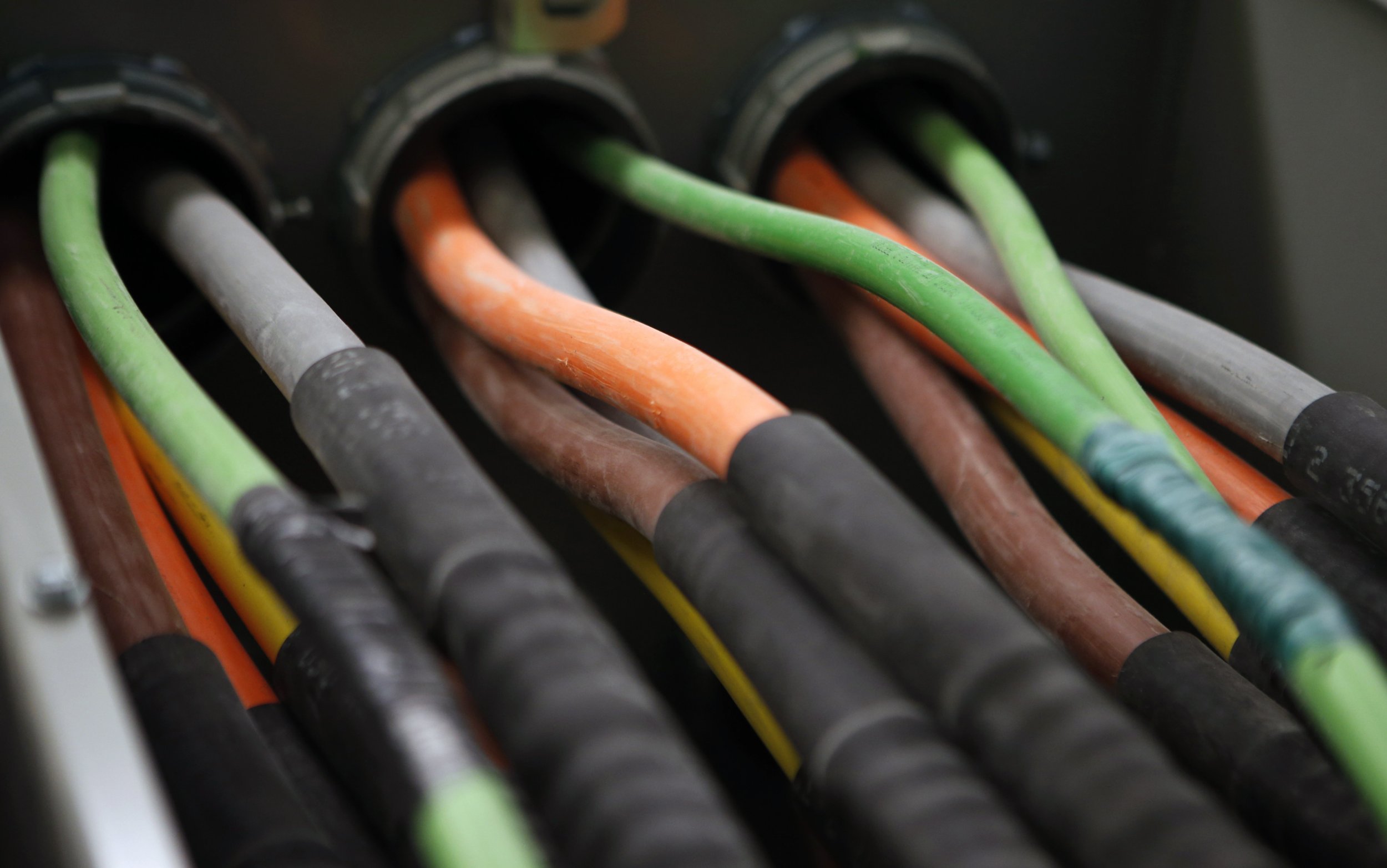
The fiber optic cables that carry internet and are buried along the coastal United States may be threatened by rising sea levels, a new study has found.
The study from the University of Wisconsin, Madison, was presented Monday to a group of industry and academic researchers at the Applied Networking Research Workshop in Montreal, Canada. Researchers found that that large portions of the network may be covered by water in the next 15 years.
Fiber optic cables are long cables that allow for telecommunication across long distances or high-speed connections. They allow someone to access the internet, but also allow different devices to connect with each other, such as medical devices to connect with hospital systems or data to travel from one place to another.
The cables were buried 20 to 25 years ago, often without serious consideration to climate change. As a result, the thousands of miles of cables are water resistant, not waterproof like cables that are buried under water, such as those that carry data from continent to continent.
"Most of the damage that's going to be done in the next 100 years will be done sooner than later," Paul Barford, a senior author on the paper and computer science professor at the University of Wisconsin, Madison, said in a statement.
According to the report, the 4,000 miles of cable at risk of being damaged by the rising sea level would affect New York, Miami, and Seattle the most. In addition to those miles of cable, 1,100 traffic hubs could be underwater by the year 2033. Even though those three cities would likely be most affected initially, the disruptions could ripple across the world as data from those cities try to reach others, or others try to reach them.
Since the cables were often buried right next to coastlines, it only takes the sea to rise anywhere from a few inches to a foot, such as from melting polar ice, to cover the cables with water. Something like a hurricane or other major natural disaster could also cause the sea levels to rise and affect the underground internet, as seen in Hurricanes Katrina and Irma.
The scientists believe a plan needs to be made soon before people are severely affected by the loss of the internet. The cables could be moved inland or moved higher, or companies could find ways to redirect information from the covered cables to ones that are not underwater. Whichever solution is picked, it needs to happen quickly, the researchers said.
"The expectation was that we'd have 50 years to plan for it," Barford said. "We don't have 50 years."
Uncommon Knowledge
Newsweek is committed to challenging conventional wisdom and finding connections in the search for common ground.
Newsweek is committed to challenging conventional wisdom and finding connections in the search for common ground.
About the writer
To read how Newsweek uses AI as a newsroom tool, Click here.








